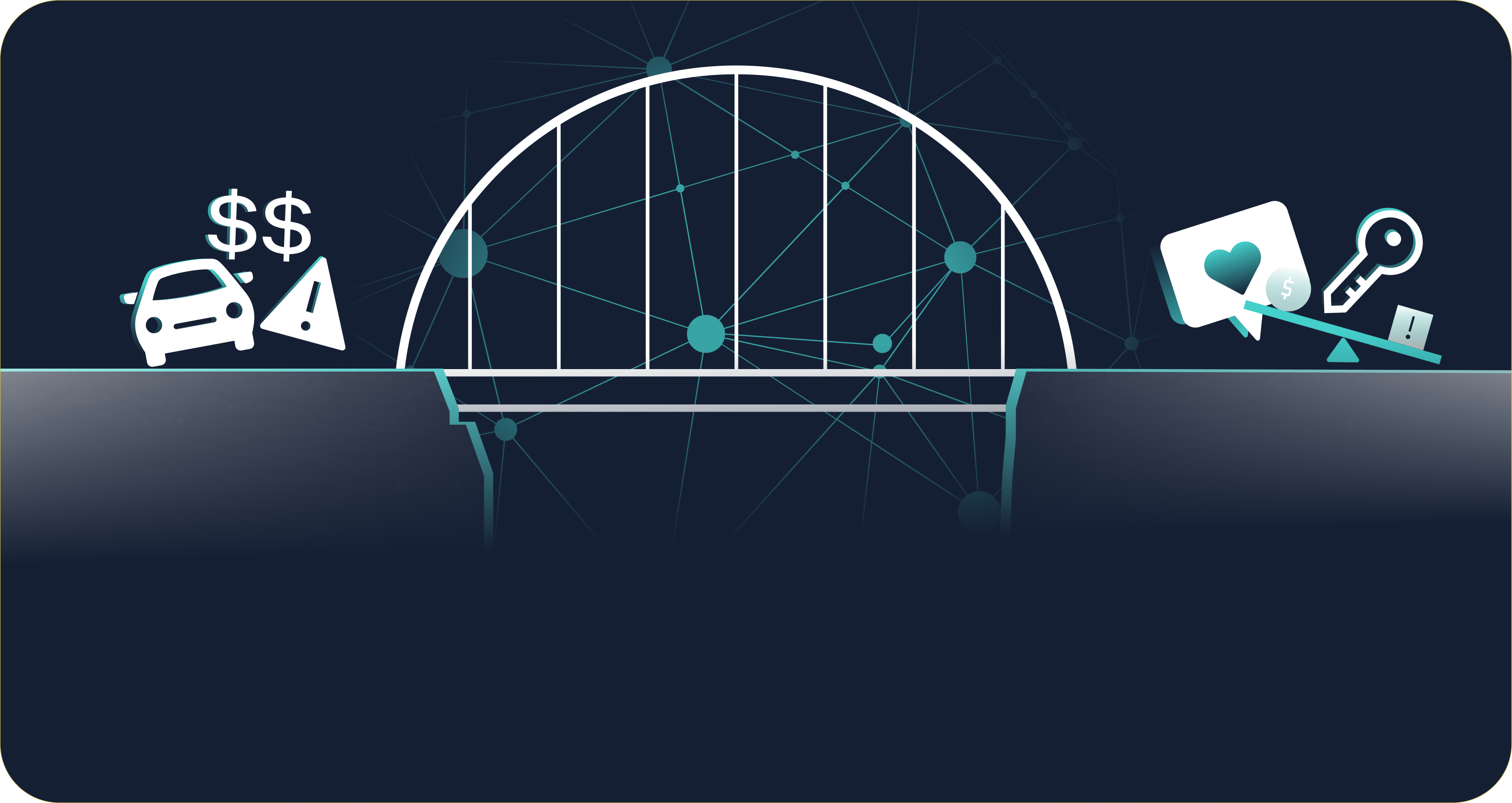Put AI on the frontlines against fraud
For as long as financial institutions have been operating, there have been individuals looking to defraud them.
In a recent study, Alloy surveyed 400 leaders from financial services organizations, and 98 percent reported they experienced a fraud attempt in 2023. Based on those numbers, it’s not a matter of “if” but “when” a fraud attempt will happen. As the banking industry modernizes, so do the tactics of fraudsters. In recent years, generative AI has been a tool readily used to steal millions of dollars in what is referred to as application fraud (or origination fraud).
Application fraud is the practice of using false or stolen information to apply for a loan or credit. Not long ago, banks could root out fraudsters as they visited a branch during regular business hours to apply for a loan. Now, with how common online banking and loan applications are, banks must be on the lookout for fraudsters operating around the world, 24/7.
After a fraudulent application is approved, the real damage starts to unfold. Some schemes start immediately, like straight-roller fraud, when the first 30-60-90 days go by without a single payment. Others, like bust-out fraud, play the long game. They start with normal spending and repayments, followed by an abrupt maxing out of a credit limit.
It’s a tough — but not impossible — task to fight against fraud. Banks and credit unions face plenty of challenges, but the innovations that enable application fraud can also be used to combat it.
Challenges of facing off with application fraud
Types of application fraud
One size does not fit all when it comes to application fraud. There are multiple ways this type of fraud can present. Three of the most common are first-party, third-party, and misreporting income.
- First-party: A borrower takes out a loan with no intention to pay the loan back.
- Third-party: One person’s identity has been stolen, or a new identity is synthetically created using real and fake information and used to apply for a loan.
- Income: An applicant or auto dealer puts an incorrect income number on the application.
Generative AI tools
The abundance, ease of use, and accessibility of generative AI tools is powering many fraud schemes. In just a few minutes, a fraudster can download various tools for voice cloning, falsifying documents, and creating deep fakes and synthetic IDs. Once these materials are created it may only take a few Google searches to find a target. Spotting real versus fake information can be difficult, if not impossible, without knowing what to look for.
Increasing roadblocks
When a fraudster operates amongst honest customers, a knee-jerk reaction is to slow down the application process so that everyone can decrease the odds of something malicious slipping through. It’s easy to justify an extra 30 minutes reviewing applications if it prevents thousands of dollars in losses. While you may catch some bad actors with manual reviews, this may come at the cost of lending efficiency and poor customer experience. Each manual review undermines any underwriting automation you have in place, and honest customers who have come to expect speed and convenience may take their business elsewhere.
Limited visibility and reliability
Many third-party solutions provide fraud alerts, but the results don’t always instill confidence in their accuracy or reliability. Most often, the results from popular detection solutions are binary, with little information or insights into the reasons for the output. When more information is provided, there may only be a single view into limited types of fraud. This does little to create a holistic picture of what activities and behaviors should be flagged and why. Inaccurate fraud reporting, like false positives, can hurt customer experience when no real fraud has been committed.
Staying ahead of fraud with AI
Not many people could have predicted the negative impact generative AI tools would have on enabling fraud. As this technology is exploited in schemes like application fraud, the methods of preventing it are getting more sophisticated. Not surprisingly, the best answer to combating the misuse of AI is AI. Michael Hsu, Acting Comptroller of the Currency, shared this sentiment in a recent statement, “To successfully fight AI-driven fraud will likely require AI-driven solutions. Banks and AI companies are best positioned to deliver those.”
In recent years, machine learning has become a powerful tool for detecting and predicting fraudulent behavior patterns. With such a dramatic change in the landscape, where fraudsters have access to deep fakes, stolen identities, and ample targets, relying upon manual reviews and surface-level fraud alerts won’t cut it.
It all comes down to more data and better math to help lenders stay a few steps ahead of fraud. Machine learning models can process thousands of data points and features to produce accurate results with virtually no disruptions to auto-decisioning. It’s a world where you can have your cake and eat it too: borrowers can still enjoy a convenient and efficient customer experience, but more fraudsters are stopped before any damage is done.
Smarter, holistic fraud detection with Zest Protect
Zest Protect is the newest AI solution, helping credit unions and other lenders stay one step ahead of fraudsters. This advanced, flexible detection tool can seamlessly identify all types of application fraud without creating friction for your applicants. Zest Protect can level up your fraud defense in three simple ways.
Detect
Instantly uncover more fraudulent behavior, accurately using best-in-class AI tailored to your specific population. Zest Protect looks at all types of application fraud, from first-party malicious intent to third-party and compromised identity to misreported income, to boost lending confidence.
Perfect
With more visibility and control, lenders can fine-tune their risk tolerance with automation goals. AI insights allow you to get precise risk ranking and key driver reasons across fraud types, effectively and measurably reducing loss.
Connect
Create a seamless, integrated experience with your lending process and continue serving your customers without skipping a beat. Paired with AI-automated underwriting, get the most efficient, automated decisioning and keep delighting your customers with confidence.
Fraudsters are constantly finding new ways to cause harm to your customers and your business. With AI, lenders can stay ahead of the latest tactics and have peace of mind in their tools to prevent fraud.

